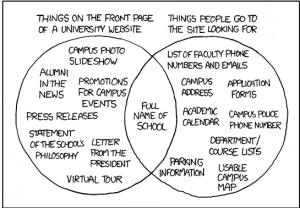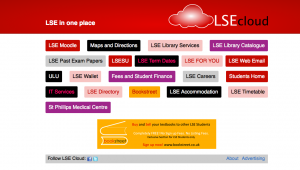So I survived day 1 of #moocmooc, and the collaborative task of creating a 1,000 word essay explaining the history, context and potential and potential pitfalls of MOOCs, worked surprisingly well. Thanks to the people in the group I was assigned to, who took charge and got things done. I’m curating the resources/ recommended readings from the course on Pearltrees and you can see links to all the group submissions in my #moocmooc pearl.
Today’s theme is “places where learning takes place”. Participants have been asked to create a video sharing their views, experiences and share them on Youtube. There there are some really great contributions which have been collated in this Storify.
Now, today has been not quite an average Tuesday for me. We had our almost annual CETIS Scotland meet up at the Edinburgh festival. This was a bit of a family affair too and so we went to see Horrible Histories - which is a very fine live learning experience in itself. Those in the UK will know what I mean – if you’re not from here, check it out for probably the best guide to British history. Anyway I was thinking about where I learn at various points during the day. For #moocmooc, it is primarily online – at the office, at home, on the train – anywhere with a decent 3G/wifi connection. But I do need quite space to contemplate too. This tends to be when I’m walking to or from work, sometimes in my favourite chair with “a nice cup of tea”.
However the level of contribution and activity in this (and any online, never mind “massive” online course) can be overwhelming. In the twitter chat last night a few of us agreed that boundaries were important to help stay focused, and also the ability to not feel overwhelmed by the sheer level of activity is a key strategy which learners need to develop.
@jamesmichie@sheilmcn definitely agree. w/o limits projects can balloon and become overwhelming and difficult to manage.— A. D. McGregor (@admcgregor3) August 13, 2012
It sometimes feels that you’re trying to juggle all sorts of mismatching things, whilst trying to doing three other things at the same time and speak to 200 people you’ve never met before.
This afternoon we stopped off to watch a street performer who ended up ten feet up a ladder, took his kilt off and then juggled three very large (and sharp) knives. All this on cobblestones! Sometimes being in a mooc feels a bit like that. Slight crazy, a bit dangerous, but great fun – particularly when you get good feedback and connect with others.
Anyway here is my little video (I’ve bent the rules slightly but using animoto and not posting to youtube ).

